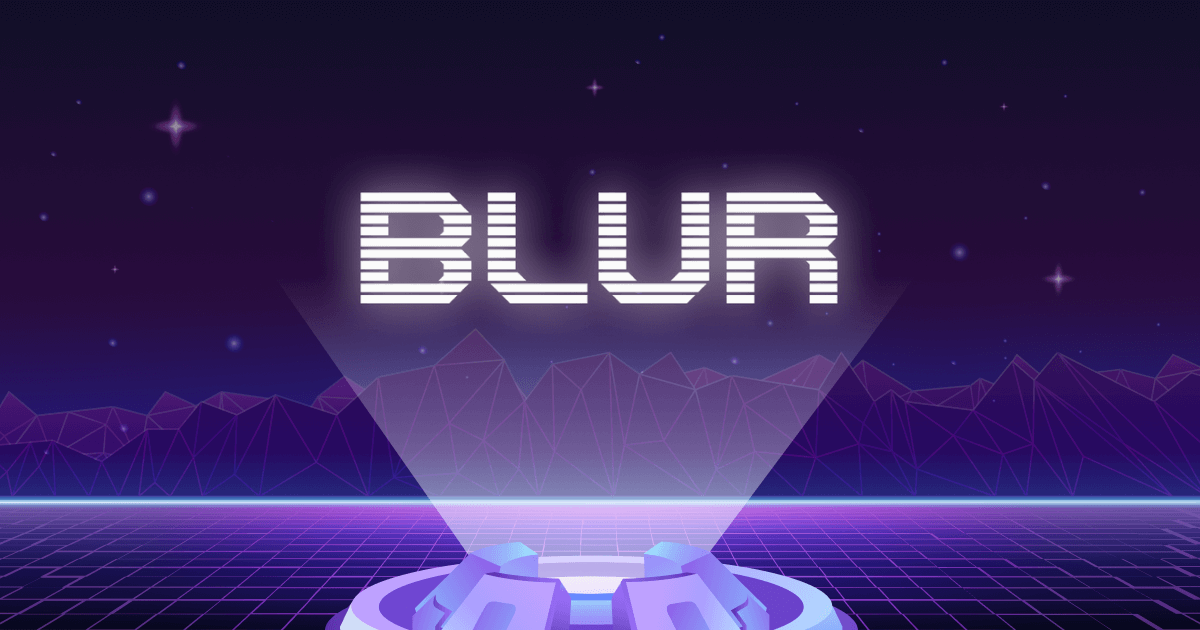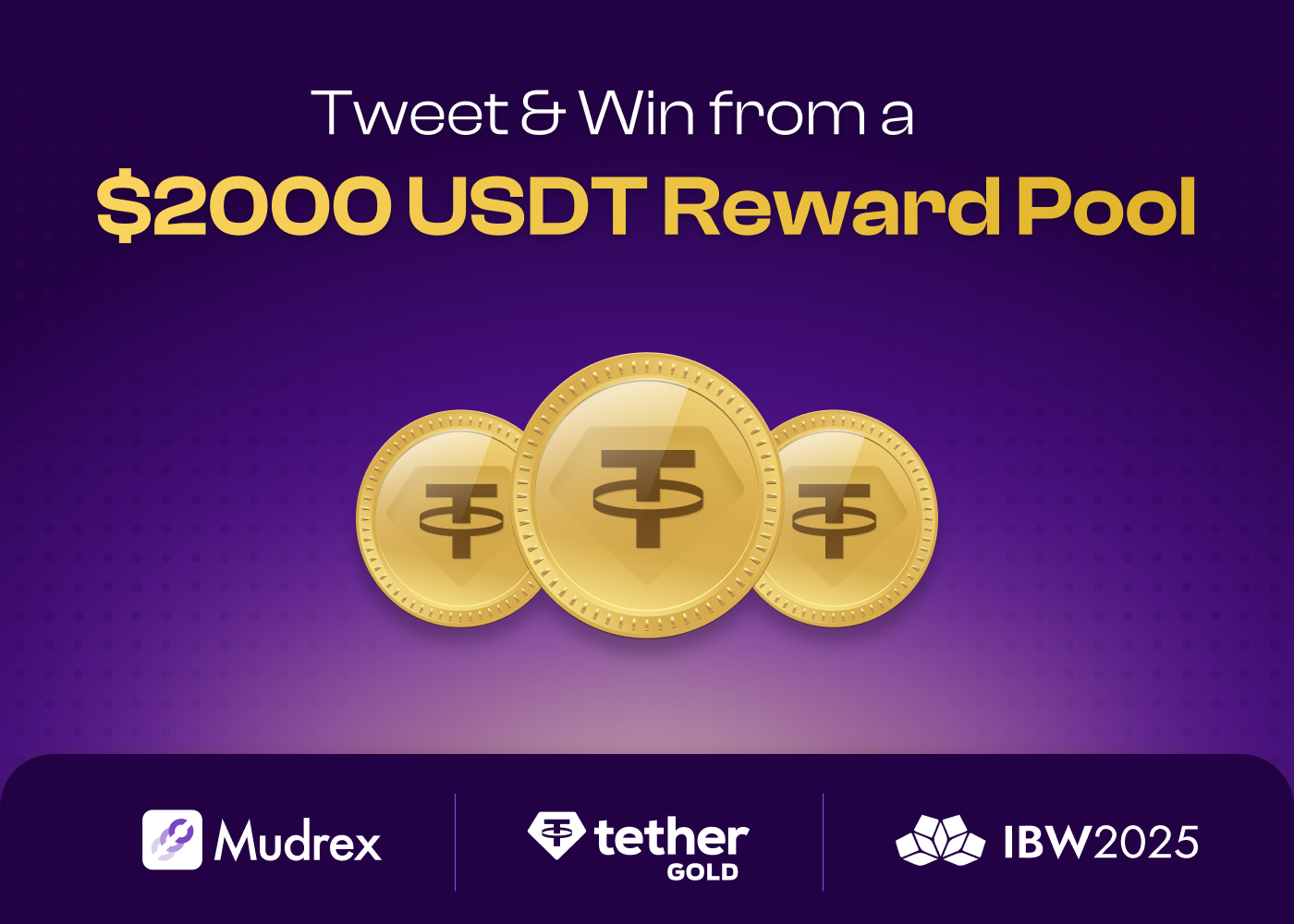While OpenSea has been top dog in the race to be the top NFT marketplace, Blur’s looking to shake things up. It has been active only since October 2022, and since its launch, 146,823 users have traded $1.2 billion worth of NFTs on the platform.
So how exactly has Blur changed the NFT game? And what led to this change in the pecking order? Let’s dive right into it!
Blur’s Recent Rise
Blur is a zero-fee marketplace and already hosts big names in the NFT community, like Mutant Ape Yacht Club, Doodles, Bored Ape Kennel Club, etc.
In the last week, NFT trading on Ethereum surpassed $700 million in volume. In the same period, Blur registered an increase of 541% to contribute $613 million to Ethereum’s overall figures! Jack Butcher’s latest NFT collection, Opepen Edition NFT, saw a whopping 1073% increase in volume, helping Blur collect around 10,000 ETH in sales.
Meanwhile, OpenSea clocked in a much tamer 31% increase in trading volume and generated $120 million during this period. X2Y2, the marketplace that sits in third place, lags far behind the two leaders, with a trading volume of just over $11 million.
Overall, Ethereum saw a 253% week-on-week growth in NFT sales volume; from the data, much of it can be attributed to Blur.
What Led to Blur’s Rise?
1. BLUR token launch
This surge in trading volume follows Blur’s governance token (BLUR) airdrop on Valentine’s day to wallets that have contributed to the platform since its launch.
The BLUR token’s market cap currently sits at $365 million, with a price of close to $1. Moreover, it appears at least a small fraction of the NFT traders who received the token in the airdrop put it back into buying NFTs. And as the data indicates, most of this trading activity is happening on the Blur marketplace.
But Blur didn’t just register any small amount of growth. They overtook ‘the’ market leader, OpenSea. How did they manage this?
2. Blur vs. OpenSea
Last week, Blur updated its royalty policy in an announcement that stated that creators would have to blocklist OpenSea to receive full royalties on its platform. For context, OpenSea enforces full royalties for new projects on its platform. It accomplishes this by allowing creators to add a piece of code to their NFT contracts, which restricts sales of their collection on other NFT marketplaces.
Blur stated in its post that it prefers that creators earn royalties on all marketplaces they choose to list on rather than being punished for choosing to list on multiple marketplaces. And since conflicting rules mean they can’t earn royalties on both Blur and OpenSea, they recommended that creators blocklist OpenSea.
They also directly addressed OpenSea and invited them to change their rules to allow creators to use multiple platforms to earn royalties on their work.
What’s Next for BLUR?
Blur is currently planning an aggressive incentives program, announcing another airdrop worth $300 million to loyal platform users. The platform intends to release 300 million tokens for its “Season-2,” which is already underway.
Season-1 ended with the launch of its token, which also included sending “care packages” to users. Care packages were stand-ins for tokens, and users could redeem these for the BLUR token once it launched.
Season-2 will involve the distribution of tokens in a more gamified manner. Users will be assigned a loyalty score based on their usage of the platform, and traders who do not use any other platform will receive a loyalty score of 100%. A user’s loyalty score, along with the number of NFTs they list, will determine how many tokens they receive in future airdrops.
Our Takeaway
Healthy competition is necessary for growth in any space. And it looks like Blur is here to challenge OpenSea’s domination in the NFT space. While early results are astonishing, it remains to be seen if Blur can keep up with this level of growth and handle OpenSea’s inevitable counter. For enthusiasts and believers, the current uptrends in the markets are a promising sign. And as long as Blur’s growth doesn’t turn into a monopoly, we’re all for some healthy rivalry.



